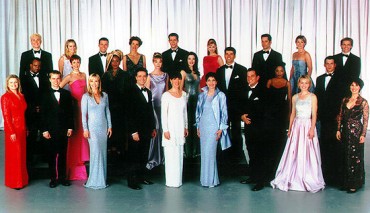
Other P&G ventures, including The O'Neills (1935), The Guiding Light (1937), and Kitty Keene (1937), soon followed.


Understanding that women often performed their domestic chores while listening to radio and were, consequently, all the more inclined to buy and use merchandise that could be casually promoted within a program, Procter & Gamble (P&G) initiated its first soap opera, Ma Perkins, in 1933. Phillips' Today's Children, sponsored by Pillsbury, evolved into the first network soap opera when NBC began airing it nationwide in 1933.
#Soap opera network another world serial
Phillips employed the same enticements to secure advertisers for her other serial inventions, and the genre's characteristic sponsor ties were established. The program aired without specific product association until content changes were made to accommodate Montgomery Ward & Co., the show's first sponsor. The first soap opera, Painted Dreams, was developed in 1931 for WGN radio in Chicago by Irna Phillips, who would go on to become the most prolific creator of soap operas for both radio and television. Although derogatory at first, the term "soap opera" was eventually embraced and is now the genre's customary designation. Daytime serial dramas soon answered this call, focusing melodramatically on women, multi-generational families, and romantic intrigue in live, 15-minute shows.

In the 1930s, advertisers such as Procter & Gamble sought sponsorship of daily radio programming targeted to homemakers, who controlled the household purse strings for cleaning and other household product purchases.


 0 kommentar(er)
0 kommentar(er)
